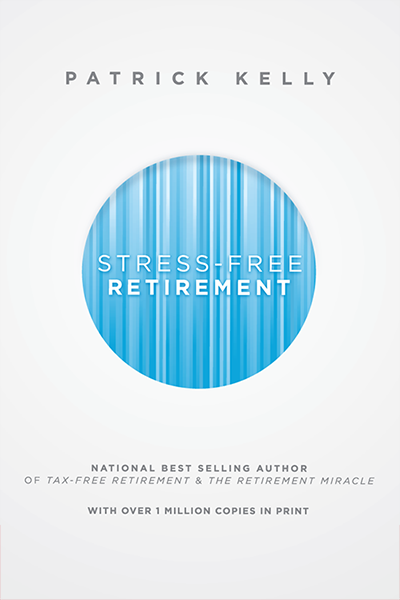Within 30 days of your retirement, a deep in your gut realization takes place. You may have done a great job at intellectualizing the fact that your income was going to stop. But when your checking account just sits there, without your normal paycheck being deposited, a much deeper realization takes place; and that is that unless you win the lottery, whatever you’ve saved up until right now is going to have to last you for the next 20 to 30 years of your life.
You Must Have a Plan
It’s not enough just to hope that your portfolio grows a lot and that somehow your money is going to last you.
If you are to ensure that you will not run out of money and that your portfolio will last, you must have a plan. Your plan must answer 3 key questions faced by all of us if we are to enjoy a stress-free retirement.
How Will I Pay My Bills on a Monthly Basis?
When you retire, Social Security is not going to be enough to maintain your lifestyle. The difference between what you need on a monthly basis and what’s coming in from Social Security is called your Retirement Income Gap. One way or another that gap needs to be filled, by your portfolio, in a dependable way each and every month. How you do so can make the difference between your money lasting, or not. The source of this income from within your portfolio needs to be safe from market downturns. Meeting your monthly obligations should not and must not be subject to how well the market is doing.
How Will I Keep Up With Inflation?
Another portion of your portfolio must be dedicated to growth so that over a long retirement your income can keep pace with inflation. By carving out a portion of your portfolio to produce the income needed to close your Retirement Income Gap, you significantly reduce the stress on the growth portion of your portfolio. By reducing the monies that you need to withdraw from your growth portfolio to just that needed to keep up with inflation, you dramatically increase the ability of your portfolio to last.
How Can I Protect My Portfolio From Major Market Losses and the Risk of Running Out of Money?
We have already mentioned 2 strategies that can be used to reduce the risk of your retirement portfolio. One is by allocating a portion of your portfolio to a market-protected source of dependable income. The other is that by doing so you reduce the market stress on your growth portfolio.
You also need to refocus the way your growth portfolio is invested. When you are in your 50’s or older you simply cannot continue to invest the way you did in your 30’s and 40’s! In your 30’s and 40’s, you focused on saving as much as you could and growing as fast as you could. If you had a major loss in your portfolio you had 20 years to make it back again. You do not have that luxury in your 50’s or 60’s. A major loss at this stage of your life can dramatically increase the probability of your running out of money during retirement.
You need to refocus on how you invest the growth portion of your portfolio to first manage risk and then manage for growth. In other words, when building your portfolio focus first on risk management. Ironically this focus on risk can deliver even better growth over time, imagine how big your portfolio would be had you managed not to have large losses in 2001-2002 and 2008.
When Should You Start Planning for Your Retirement?
If you are in your late 50’s to early 60’s you must begin planning for your retirement now so that you can be prepared to enter retirement confidently. In addition, what better time to create a plan than after the market has recovered and we’re close to all-time highs. This current environment cannot last forever. Recent developments in Greece and China should only encourage you to begin planning now!






